Toxic Organic Sungro Potting Mix
ekgrows
14 years ago
Related Stories
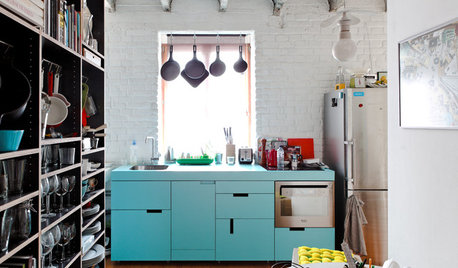
HEALTHY HOMEDetox Your Kitchen for the Healthiest Cooking
Maybe you buy organic or even grow your own. But if your kitchen is toxic, you're only halfway to healthy
Full Story
ORGANIZING21 Tips for Organizing Your Stuff
Restore order at home with these ideas for tidying up cupboards, shelves, doors and more
Full Story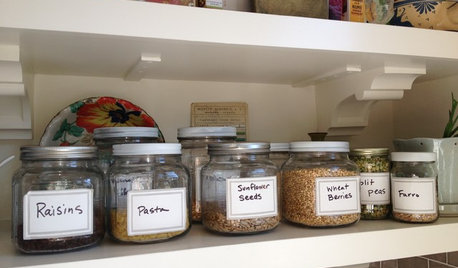
KITCHEN STORAGEArtful Organizers: Jars for Pretty Pantry Displays
Ditch the disheveled look of mismatched boxes and bags for colorful or clear pantry jars in an appealing arrangement
Full Story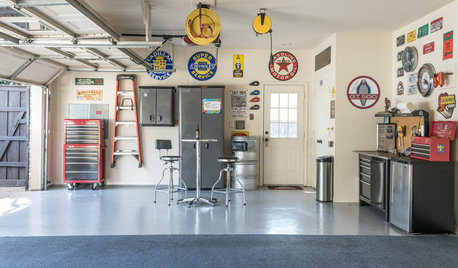
HOUSEKEEPING7-Day Plan: Get a Spotless, Beautifully Organized Garage
Stop fearing that dirty dumping ground and start using it as the streamlined garage you’ve been wanting
Full Story
INSPIRING GARDENSFrom Concrete Lot to Gracious Organic Garden in Seattle
Plants, pests and even weeds have a place in this landscape, which offers an edible bounty and a feast for the eyes
Full Story
CONTAINER GARDENSHappy Houseplants, Happy People
Potted plants add life and beauty to a room. Learn easy ways to keep them healthy
Full Story
FARM YOUR YARD10 Easy Edibles to Grow in Containers
These herbs, vegetables and fruits are just as happy in a pot as they are in the ground
Full Story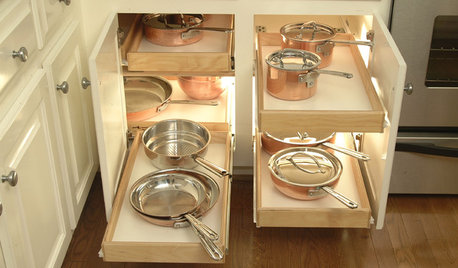
KITCHEN DESIGNSpring Clean Your Kitchen
Scour our 15 ways to ditch the dirt and get rid of the gunk, leaving your kitchen spick and span in time for spring
Full Story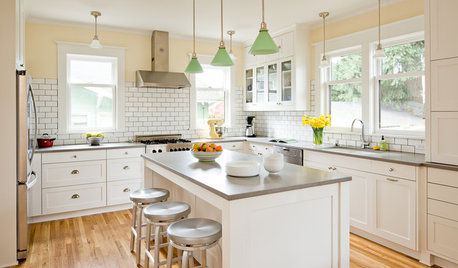
MOVINGThe All-in-One-Place Guide to Selling Your Home and Moving
Stay organized with this advice on what to do when you change homes
Full Story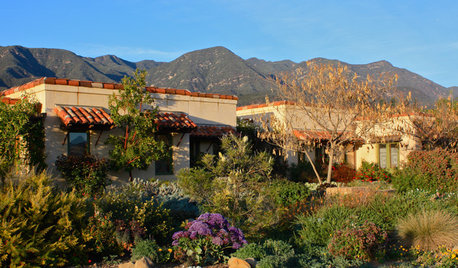
HOUZZ TOURSMy Houzz: California Ranch and Farm Look to Nature
Complete with yurts, an organic farm and an 'unintentional community,' this home in Ojai, California, shows its love of the land
Full Story





gardendawgie
soulreaver
Related Professionals
Fort Lee Landscape Architects & Landscape Designers · Panama City Landscape Architects & Landscape Designers · Rancho Palos Verdes Landscape Architects & Landscape Designers · Lakeland Landscape Contractors · Waterbury Landscape Contractors · Boca Raton Landscape Contractors · Byram Landscape Contractors · St. Louis Landscape Contractors · Weslaco Landscape Contractors · Bel Air Solar Energy Systems · Herriman Solar Energy Systems · Mokena Solar Energy Systems · Peabody Solar Energy Systems · Tustin Solar Energy Systems · Voorhees Solar Energy Systemsanoid1
soulreaver
anoid1